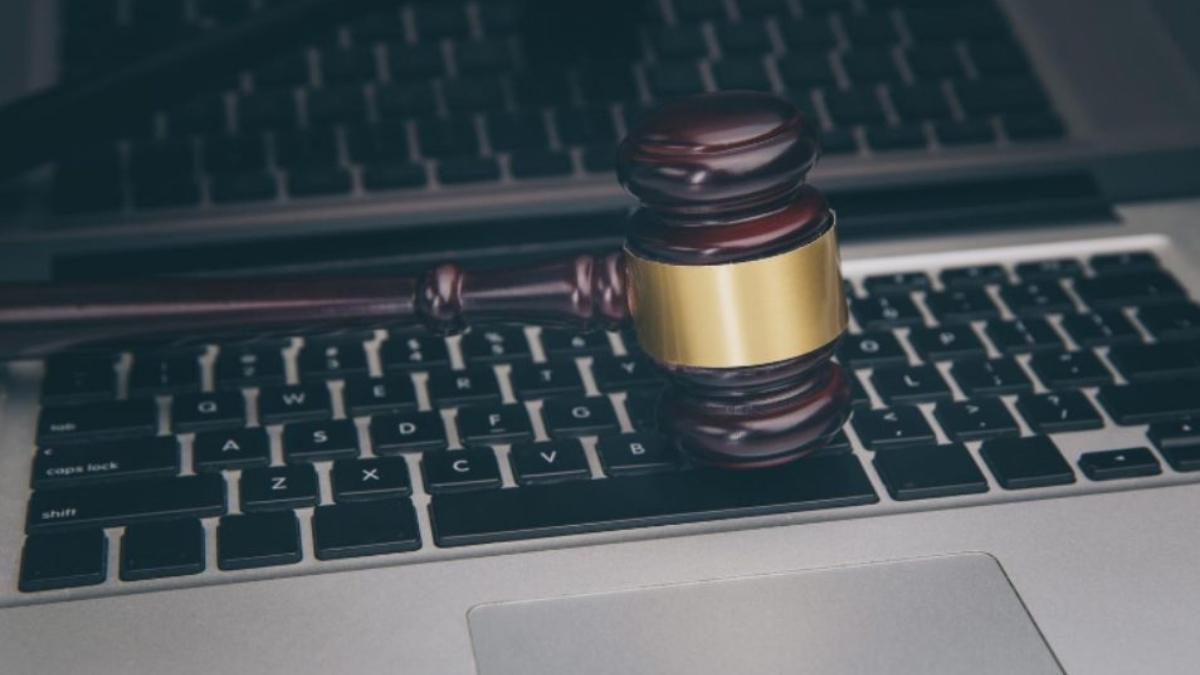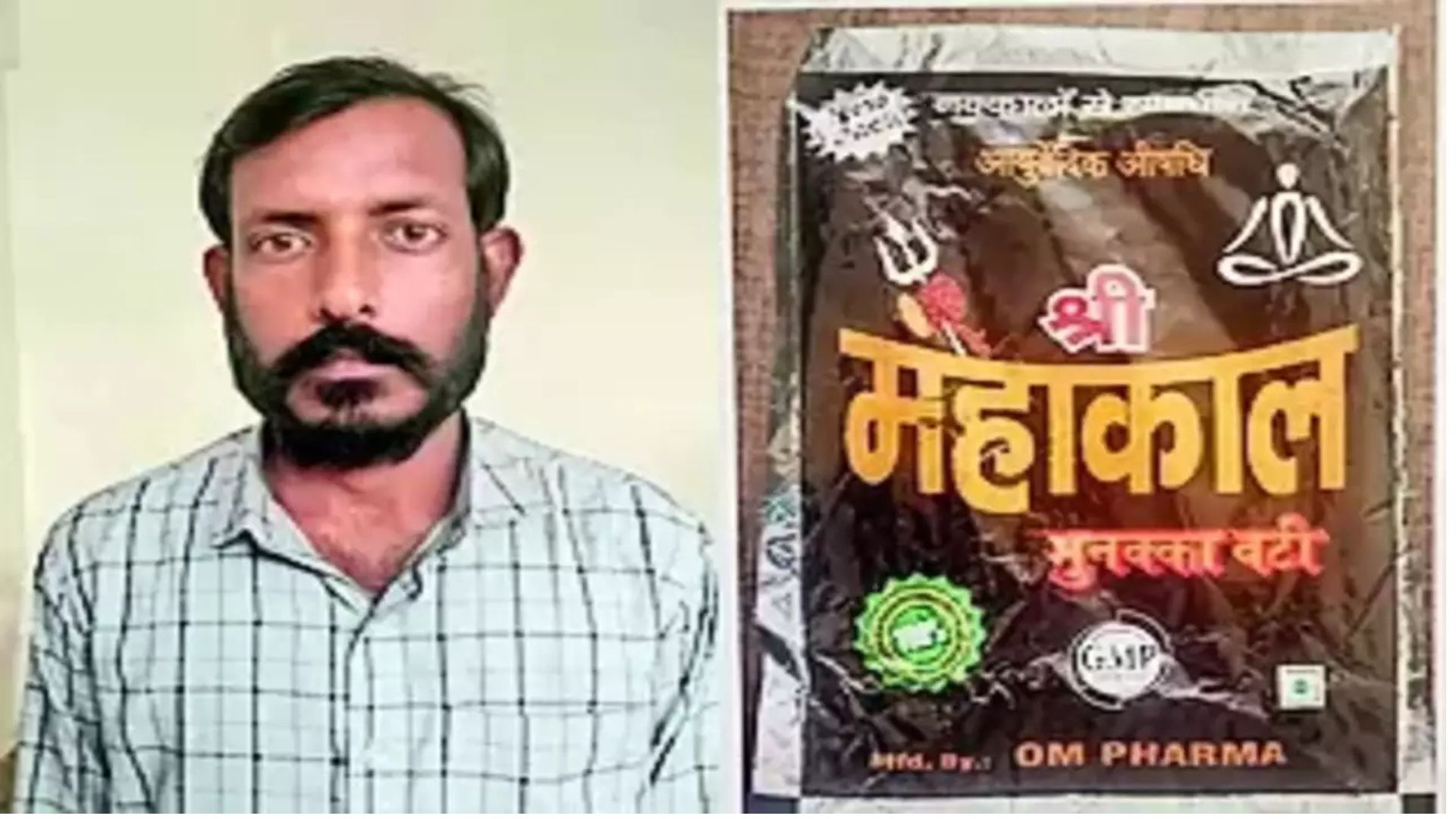
INTRODUCTION
The advancement of computers, the social influence of information technology and the ability to store information in digital form have all required Indian law to be amended to include provisions on the appreciation of digital evidence. In 2000 Parliament enacted the Information Technology (IT) Act 2000, which amended the existing Indian statutes to allow for the admissibility of digital evidence. The IT Act is based on the United Nations Commission on International Trade Law Model Law on Electronic Commerce. The primary purpose of the Information Technology Act 2000 is to provide legal recognition to electronic commerce and to facilitate filing of electronic records with the Government. The IT Act also penalizes various cyber-crimes and provides strict punishments (imprisonment terms up to 10 years and compensation up to Rs 1 crore). The IT Act was amended by the Negotiable Instruments (Amendments and Miscellaneous Provisions) Act, 2002. This introduced the concept of electronic cheques and truncated cheques.
ELECTRONIC EVIDENCE IN THE INDIAN EVIDENCE ACT 1872, INDIAN PENAL CODE 1860
Changes Incorporated to the Evidence Act 1872 Although the Evidence Act has been in force for many years, it has often been amended to acknowledge important developments. Amendments have been made to the Evidence Act 1872 to introduce the admissibility of both electronic records and paper-based documents.
DEFINITION OF EVIDENCE
The definition of ‘evidence’ has been amended to include electronic records. Evidence can be in oral or documentary form. The definition of ‘documentary evidence’ has been amended to include all documents, including electronic records produced for inspection by the court. The term ‘electronic records’ has been given the same meaning as that assigned to it under the IT Act, which provides for “data, record or data generated, image or sound stored, received or sent in an electronic form or microfilm or computer-generated microfiche”.
ADMISSIONS
The definition of admission has been changed to include a statement in oral, documentary or electronic form which suggests an inference to any fact at issue or of relevance. Section 22A has been inserted into the Evidence Act which provides for the relevancy of oral evidence regarding the contents of electronic records. It provides that oral admissions regarding the contents of electronic records are not relevant unless the genuineness of the electronic records produced is in question.
STATEMENT AS A PART OF ELECTRONIC RECORD When any statement is part of an electronic record, the evidence of the electronic record must be given as the court considers it necessary in that particular case to understand fully the nature and effect of the statement and the circumstances under which it was made. Section 39 deals with statements that form part of a longer statement, a conversation or part of an isolated document, or statements that are contained in a document that forms part of a book or series of letters or papers. Admissibility of the Electronic Evidence New Sections 65A and 65B are introduced to the Evidence Act under the Second Schedule to the IT Act, 2000. Section 5 of the Evidence Act provides that evidence can be given regarding only facts that are at issue or of relevance. Section 136 empowers a judge to decide on the admissibility of the evidence. Section 65A provides that the contents of electronic records may be proved in accordance with the provisions of Section 65B. Section 65B provides that notwithstanding anything contained in the Evidence Act, any information contained in an electronic record (i.e., the contents of a document or communication printed on paper that has been stored, recorded and copied in optical or magnetic media produced by a computer (‘computer output’)), is deemed to be a document and is admissible in evidence without further proof of the original’s production, provided that the conditions set out in Section 65B(2) to (5) are satisfied. These provisions shall be analysed further in detail.
PRESUMPTIONS REGARDING ELECTRONIC EVIDENCE
A fact which is relevant and admissible need not be construed as a proven fact. The judge must appreciate the fact in order to conclude that it is a proven fact. The exception to this general rule is the existence of certain facts specified in the Evidence Act that can be presumed by the court. The Evidence Act has been amended to introduce various presumptions regarding digital evidence under Sections 81A, 85A, 85B, 85C, 88A and 90A.
CHANGES INCORPORATED IN THE INDIAN PENAL CODE 1860
A number of offences were introduced under the provisions of the First Schedule of the IT Act, which amended the Penal Code with respect to offences for the production of documents that have been amended to include electronic records. The range of additional includes: Section 172, Indian Penal Code: Absconding to avoid the production of a document or electronic record in, a court. Section 173, Indian Penal Code: Intentionally preventing the service of summons, notice or proclamation to produce a document or electronic record in a court Section 175, Indian Penal Code: Intentionally omitting to produce or deliver up the document or electronic record to any public servant Sections 192 and 193, Indian Penal Code: Fabricating false evidence by making a false entry in an electronic record or making any electronic record containing a false statement, and intending the false entry or statement to appear in evidence in judicial proceedings Section 204, Indian Penal Code: The destruction of an electronic record where a person hides or destroys an electronic record or obliterates or renders illegible the whole or part of an electronic record with the intention of preventing the record from being produced or used as evidence Sections 463 and 465, Indian Penal Code- Making any false electronic record.
ADMISSIBILITY OF THE ELECTRONIC RECORDS IN THE INDIAN EVIDENCE ACT
Among all the changes made in the provisions of the Indian Evidence Act 1872 thus recognizing the electronic records as a document u/s. 3 and electronic signatures under, the most important provisions are sections 65A and 65B of the Act. Section 65A lays down the special provisions as to the evidence relating to electronic record and Section 65B deals with the admissibility thereof. Section 65A provides that the contents of an electronic record may be proved in accordance with the provisions in section 65B.
ADMISSIBILITY OF ELECTRONIC RECORDS Section 65B.
Admissibility of electronic records:
(1) Notwithstanding anything contained in this Act, any information contained in an electronic record which is printed on a paper, stored, recorded or copied in optical or magnetic media produced by a computer (hereinafter referred to as the computer output) shall be deemed to be also a document, if the conditions mentioned in this section are satisfied in relation to the information and computer in question and shall be admissible in any proceedings, without further proof or production of the original, as evidence of any contents of the original or of any fact stated therein of which direct evidence would be admissible.
(2) The conditions referred to in sub-section (1) in respect of a computer output shall be the following, namely: the computer output containing the information was produced by the computer during the period over which the computer was used regularly to store or process information for the purposes of any activities regularly carried on over that period by the person having lawful control over the use of the computer; during the said period, information of the kind contained in the electronic record or of the kind from which the information so contained is derived was regularly fed into the computer in the ordinary course of the said activities; throughout the material part of the said period, the computer was operating properly or, if not, then in respect of any period in which it was not operating properly or was out of operation during that part of the period, was not such as to affect the electronic record or the accuracy of its contents; and the information contained in the electronic record reproduces or is derived from such information fed into the computer in the ordinary course of the said activities.
(3) Where over any period, the function of storing or processing information for the purposes of any activities regularly carried on over that period as mentioned in clause (a) of sub-section (2) was regularly performed by computers, whether— by a combination of computers operating over that period; or by different computers operating in succession over that period; or by different combinations of computers operating in succession over that period; or in any other manner involving the successive operation over that period, in whatever order, of one or more computers and one or more combinations of computers, all the computers used for that purpose during that period shall be treated for the purposes of this section as constituting a single computer; and references in this section to a computer shall be construed accordingly.
(4) In any proceedings where it is desired to give a statement in evidence by virtue of this section, a certificate doing any of the following things, that is to say,— identifying the electronic record containing the statement and describing the manner in which it was produced; giving such particulars of any device involved in the production of that electronic record as may be appropriate for the purpose of showing that the electronic record was produced by a computer; dealing with any of the matters to which the conditions mentioned in sub-section (2) relate, and purporting to be signed by a person occupying a responsible official position in relation to the operation of the relevant device or the management of the relevant activities (whichever is appropriate) shall be evidence of any matter stated in the certificate; and for the purposes of this sub-section it shall be sufficient for a matter to be stated to the best of the knowledge and belief of the person stating it.
(5) For the purposes of this section: information shall be taken to be supplied to a computer if it is supplied thereto in any appropriate form and whether it is so supplied directly or (with or without human intervention) by means of any appropriate equipment; whether in the course of activities carried on by any official information is supplied with a view to its being stored or processed for the purposes of those activities by a computer operated otherwise than in the course of those activities, that information, if duly supplied to that computer, shall be taken to be supplied to it in the course of those activities; a computer output shall be taken to have been produced by a computer whether it was produced by it directly or (with or without human intervention) by means of any appropriate equipment. Explanation- For the purposes of this section any reference to information being derived from other information shall be a reference to its being derived therefrom by calculation, comparison or any other process.
JUDICIAL DICTA ON THE ADMISSIBILITY OF ELECTRONIC EVIDENCE
In Jagjit Singh v State of Haryana the speaker of the Legislative Assembly of the State of Haryana disqualified a member for defection. While hearing the matter the Supreme Court considered the appreciation of digital evidence in the form of interview transcripts from the Zee News television channel, the Aaj Tak television channel and the Haryana News of Punjab Today television channel. The court determined that the electronic evidence placed on record was admissible and upheld the reliance placed by the speaker on the recorded interview when reaching the conclusion that the voices recorded on the CD were those of the persons taking action.
In the case of State (NCT of Delhi) v Navjot Sandhu an appeal was preferred against conviction following the attack on Parliament on December 13 2001, in which five heavily armed persons entered the Parliament House Complex and killed nine people, including eight security personnel and one gardener, and injured 16 people, including 13 security men. This case dealt with the proof and admissibility of mobile telephone call records. While considering the appeal against the accused for attacking Parliament, a submission was made on behalf of the accused that no reliance could be placed on the mobile telephone call records, because the prosecution had failed to produce the relevant certificate under Section 65B(4) of the Evidence Act. The Supreme Court concluded that a crossexamination of the competent witness acquainted with the functioning of the computer during the relevant time and the manner in which the printouts of the call records were taken was sufficient to prove the call records.
The Court observed that: “According to Section 63, secondary evidence means and includes, among other things, “copies made from the original by mechanical processes which in themselves ensure the accuracy of the copy, and copies compared with such copies”. Section 65 enables secondary evidence of the contents of a document to be adduced if the original is of such a nature as not to be easily movable. It is not in dispute that the information contained in the call records is stored in huge servers which cannot be easily moved and produced in the Court. Hence, printouts taken from the computers/servers by mechanical process and certified by a responsible official of the service providing Company can be led into evidence through a witness who can identify the signatures of the certifying officer or otherwise speak to the facts based on his personal knowledge. Irrespective of the compliance of the requirements of Section 65B which is a provision dealing with admissibility of electronic records, there is no bar to adducing secondary evidence under the other provisions of the Evidence Act, namely Sections 63 & 65. It may be that the certificate containing the details in sub-Section (4) of Section 65B is not filed in the instant case, but that does not mean that secondary evidence cannot be given even if the law permits such evidence to be given in the circumstances mentioned in the relevant provisions, namely Sections 63 & 65.”
Thus the Supreme Court made a remarkable observation when it held that although the requirements of Section 65B cannot be fulfilled, but then secondary evidence can always be given under Section 63 and 65 of the Evidence Act.
State of Maharashtra v Dr Praful B Desai involved the question of whether a witness can be examined by means of a video conference. The Supreme Court observed that video conferencing is an advancement of science and technology which permits seeing, hearing and talking with someone who is not physically present with the same facility and ease as if they were physically present. The legal requirement for the presence of the witness does not mean actual physical presence. The court allowed the examination of a witness through video conferencing and concluded that there is no reason why the examination of a witness by video conferencing should not be an essential part of electronic evidence.
In Dharambir vs. Central Bureau of Investigation, The court arrived at the conclusion that when Section 65-B talks of an electronic record produced by a computer referred to as the computer output, it would also include a hard disc in which information was stored or was earlier stored or continues to be stored. It distinguished as there being two levels of an electronic record. One is the hard disc which once used itself becomes an electronic record in relation to the information regarding the changes the hard disc has been subject to and which information is retrievable from the hard disc by using a software program. The other level of electronic record is the active accessible information recorded in the hard disc in the form of a text file, or sound file or a video file etc. Such information that is accessible can be converted or copied as such to another magnetic or electronic device like a CD, pen drive etc. Even a blank hard disc which contains no information but was once used for recording information can also be copied by producing a cloned had or a mirror image.
Supreme Court in S. Ravindra Bhat and V. Ramasubramanian, vide judgment dated July 14, 2020, overruled the Shafhi Mohammad case for being in teeth of the judgment in Anvar P. V. Further, judgment in Tomaso Bruno was declared per incuriam, for not laying down the law correctly and the legal position was clarified as under:
The certificate required under Section 65B(4) of the Act is a condition precedent to admissibility of evidence by way of electronic record. Oral evidence in place of such certificate cannot possibly suffice as Section 65B(4) of the Act is a mandatory requirement of the law.
The non-obstante provision of Section 65B(1) of the Act makes it clear that when it comes to information contained in an electronic record, admissibility and proof thereof must follow the drill of Section 65B, which is a special provision in this regard, Sections 62 to 65 being irrelevant for this purpose.
The law laid down in Anvar P. V. does not need to be revisited. However, last sentence in Anvar P.V. (supra) which reads as “…if an electronic record as such is used as primary evidence under Section 62 of the Evidence Act…” is to be read without the words “under Section 62 of the Evidence Act…”
The required certificate under Section 65B(4) of the Act is unnecessary if the original document itself is produced. This can be done by the owner of a laptop computer, computer tablet or even a mobile phone, by stepping into the witness box and proving that the concerned device, on which the original information is first stored, is owned and/or operated by him. Such proof however, cannot be adduced if the device cannot be physically brought to court in cases where the computer happens to be a part of a “computer system” or “computer network”. In such case, the only means of providing information contained in such electronic record can be in accordance with Section 65B(1), together with the requisite certificate under Section 65B(4) of the Act.
Where the requisite certificate has been sought from the person or the authority concerned, and the person or authority either refuses to give such certificate, or does not reply to such demand, the party asking for such certificate can apply to the court for its production under Section 165 of the Evidence Act, Order XVI of the Code of Civil Procedure or Section 91 and 349 of the Code of Criminal Procedure. Once such an application is made to the court, and the court directs that the requisite certificate be produced by the person to whom it sends a summons in this regard, the party asking for the certificate has done all that he can possibly do to obtain the requisite certificate.
The court observed that Section 65B is silent with regard to the stage at which such certificate is be furnished to the court. It was observed in Anvar’s case that such certificate must accompany the electronic record when the same is produced in evidence. This is when such certificate could be procured by the person seeking to rely upon an electronic record. In cases where either a defective certificate is given, or in cases where such certificate has been demanded and is not given by the concerned person, the judge conducting the trial must summon the person(s) under Section 65B(4) and require that such certificate be given by such person(s) exercising discretion depending upon facts of each case. This ought to be done when the electronic record is produced in evidence without the requisite certificate. In so far as criminal trials are concerned, the requisite certificate can be directed to be produced by the court at any stage, so that information contained in electronic form can be relied upon in evidence.
Furthermore, the court issued general directions to cellular companies and internet service providers to maintain CDRs and other relevant records for the concerned period in a segregated and secure manner if a particular CDR or other record is seized during investigation in the said period. Concerned parties can then summon such records at the stage of defense evidence, or in the event such data is required to cross-examine a particular witness.
Lastly, Supreme Court was of the view that suitable rules and directions should be framed in exercise of the Information Technology Act, 2000, for the retention of data involved in trial of offences, their segregation, rules of chain of custody, stamping and record maintenance, for the entire duration of trials and appeals, and also in regard to preservation of the meta data to avoid corruption.
Likewise, appropriate rules for preservation, retrieval and production of electronic record, should be framed after considering the report of the committee constituted by the Chief Justice›s Conference in April 2016.
Siddhant Mishra – Advocate at Lucknow High Court















